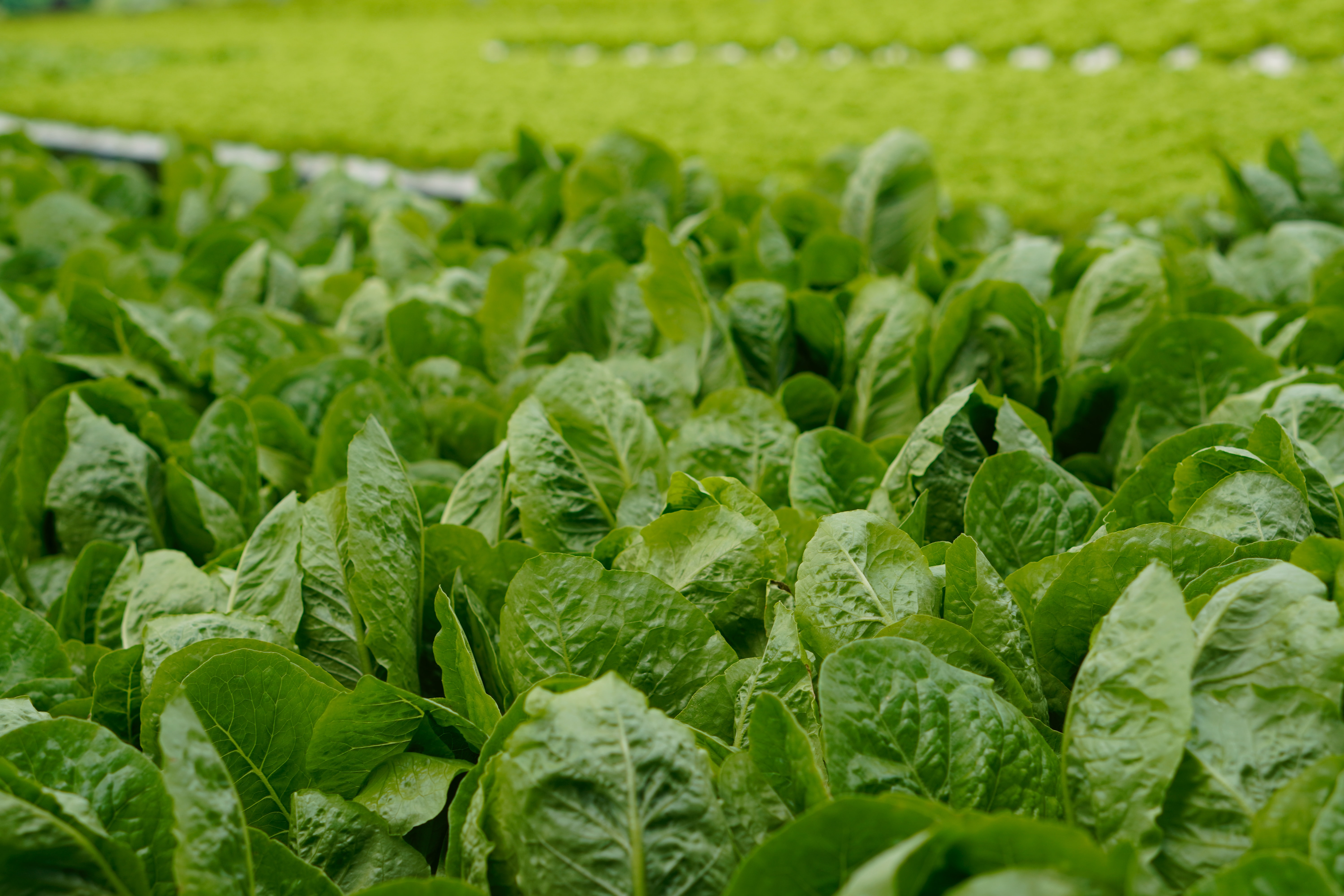
One of the wonderful things about gardening in Australia is that you can keep many vegetables and herbs growing through the winter. You’ll just need to consider your local climate in choosing what to grow and how to protect your plants from the cold.
Your Local Climate (and Microclimate)
There are many excellent websites out there that offer winter gardening suggestions by state and region. Others break down Australian planting zones in even more detail, considering specific heat zones, rainfall, and light levels.
These are a great starting point, though conditions can vary significantly within a single climate zone due to altitude and other factors. Your garden might even grow differently than your neighbour’s! This is because the placement and layout of each garden can create a unique microclimate. You can even control your garden’s microclimates to some degree.
So, we’re basing our suggestions on average temperatures and weather trends for warmer and cooler climate zones of Australia. Then, we’ve included special tips for each region to help you adapt to your own garden’s conditions.
Winter Gardening in Warmer Regions
If you live in the temperate, subtropical, or tropical regions of Australia, many vegetables and herbs will still thrive in your garden during winter. You can even sow and plant in the winter months thanks to the warmer soil temperatures. When nights drop below 10C, the warmer, sunnier days will keep soil temperatures high enough that your seedlings will survive.
Here are just some of the many vegetables and herbs that should grow well for you in winter.
Suggested Vegetables
- Artichokes
- Asparagus
- Beetroot
- Bush beans
- Carrots
- Climbing beans
- Fennel
- Galangal
- Ginger
- Leeks
- Peas
- Rhubarb
- Silverbeet
- Spinach
- Turmeric
Suggested Herbs
- Chamomile
- Comfrey
- Cress
- Dill
- Endive
- Garlic
- Lavender
- Marjoram
- Mint
- Oregano
- Parsley
- Rocket
- Sage
- Sorrel
- Spring onions
- Thyme
Other Tips for Warmer Regions
- Don’t forget to water. The dry season lasts from April to September, so keep an eye on your soil moisture. How much you should water will depend on rainfall, humidity, and what you’re growing.
- Add a protective layer of mulch. Mulch will help retain moisture and keep the ground temperature stable during chilly nights.
- Plant in containers to conserve water. This is especially helpful if you live in an inland area that gets much less rainfall. Either pots or above-ground planters for larger beds are great choices.
- Keep your soil nourished. Hopefully in getting your garden ready for winter, you’ve fertilised and tilled your soil. If not, be sure to apply nutrients before planting to give your plants the best chance of surviving until spring.
Winter Gardening in Cooler Regions
If winter temperatures in your region are in the low to mid teens, sowing and planting will be riskier. With overnight temperatures dropping below 10C and soil temperatures hovering around 15C, new seedlings might struggle to make it to spring.
Still, it’s safe to go ahead and lift, divide, and replant hardy perennials like asparagus, globe artichokes, horseradish, and rhubarb. Beyond that, we recommend maintaining and harvesting vegetables and herbs that are still producing. The good news is that there are plenty of these if you’ve planned ahead:
Suggested Vegetables
- Beetroot
- Broad beans
- Broccoli
- Brussels sprouts
- Cabbage
- Carrots
- Cauliflower
- Chinese broccoli and cabbage
- Kale
- Leeks
- Onions
- Parsnips
- Potatoes
- Radishes
- Silverbeet
- Spinach
- Turnips
- Lettuce
Suggested Herbs
Other Tips for Cooler Climates
- Maximise sunlight. When planning your garden, choose a bed that gets a lot of sunlight to make up for the many grey days of winter.
- Add mulch for insulation. This is especially important for winter gardens in colder regions. You’ll want the soil to retain as much warmth as possible.
- Keep an eye on the forecast. If there’s a cold snap or overnight frost expected, cover your plants to insulate them and protect them from frost damage.
- Bring sensitive plants inside. Some gardeners prefer to bring their herbs inside during the winter. Plant them in trays and place them near a window that gets great sunlight.
- Still eager to sow? Plant some trays and keep them indoors until it’s time for spring planting. Broad beans, onions, spinach, and silverbeet are great options for vegetables to start now.
Experimenting with Microclimates
We encourage you to experiment! With each passing season, you’ll get to know what your garden is capable of better than anyone else.
Look for those microclimates that already exist in your garden and work from there. If you live in a cold region but get excellent sunlight, for example, work toward improving insulation and protecting your gardens from wind. You may get some great seedling growth just in time for spring.
Let us know what you’re growing this winter by leaving a comment below!
